Mid-Century Modern home decor has a timeless appeal that transcends trends and continues to captivate interior design enthusiasts around the world. Rooted in the mid-20th century, this design movement is characterized by its clean lines, organic forms, and emphasis on functionality. In this article, we will explore the origins of Mid-Century Modern design, its key characteristics, iconic furniture pieces, and its integration with contemporary design.
1. Introduction to Mid-Century Modern Home Decor
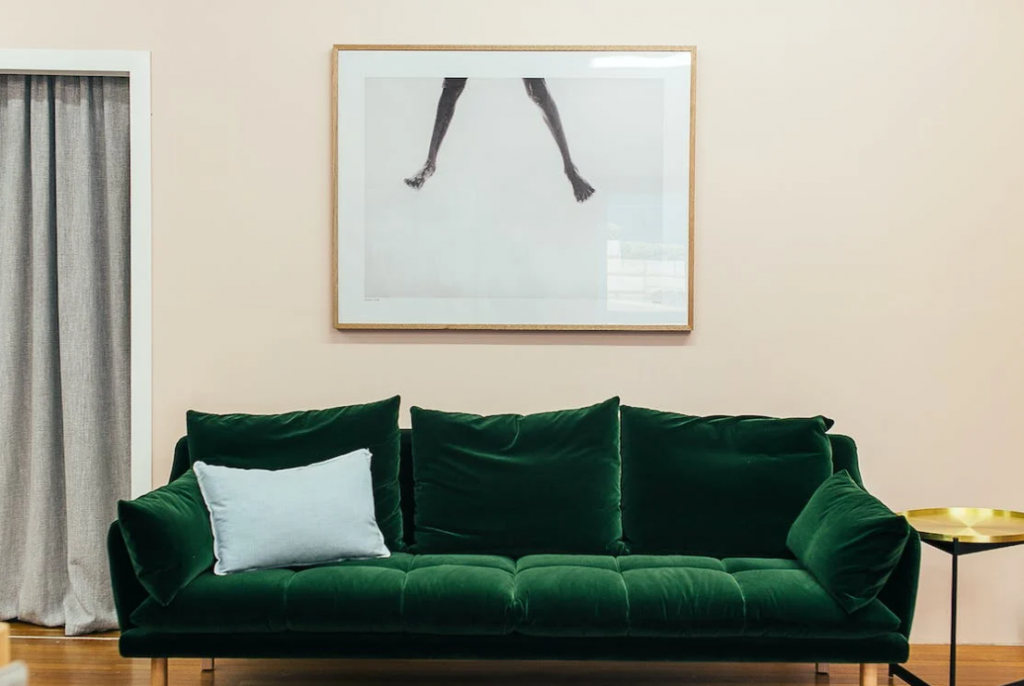
Definition and Origin: Mid-Century Modern design emerged in the mid-20th century, primarily in the United States, as a response to the ornate and often overly decorative styles that preceded it. It sought to bring a sense of simplicity, functionality, and elegance to interior spaces.
Key Characteristics: Mid-Century Modern design is known for its clean lines, organic shapes, and minimal ornamentation. Furniture pieces often feature tapered legs, geometric forms, and a mix of materials such as wood, metal, and glass.
2. The Historical Context
Origins in the Mid-20th Century: The Mid-Century Modern movement flourished from the 1940s to the 1960s, a period marked by post-war optimism and a desire for a new, modern way of living. Designers sought to create furniture and spaces that were both practical and aesthetically pleasing.
Influential Designers and Architects: The movement was shaped by renowned designers and architects such as Charles and Ray Eames, George Nelson, Eero Saarinen, and Isamu Noguchi, whose innovative designs continue to influence contemporary design.
3. Iconic Furniture Pieces
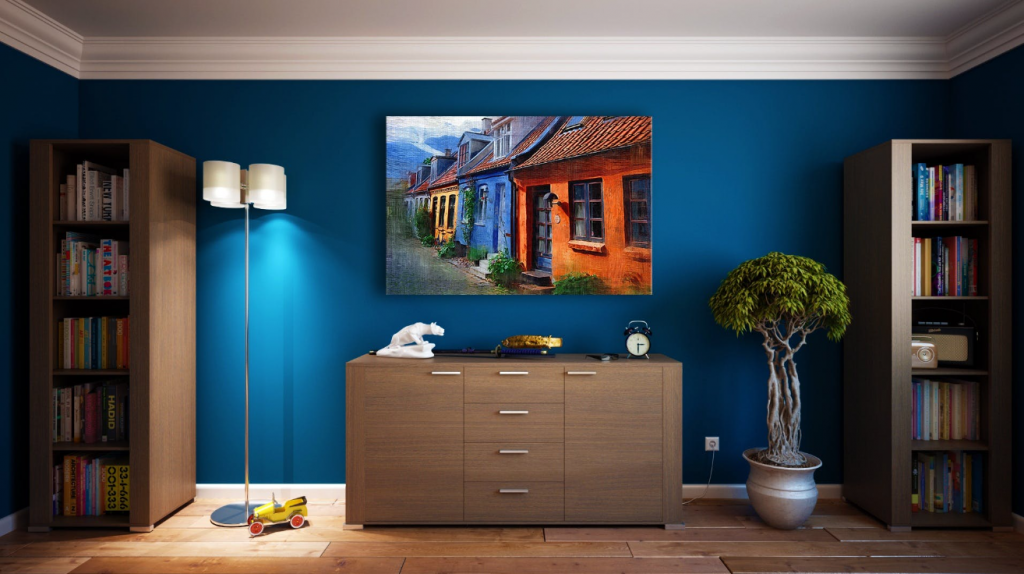
Eames Lounge Chair: Perhaps the most iconic Mid-Century Modern piece, the Eames Lounge Chair and Ottoman epitomize the style with their sleek leather upholstery and molded plywood shells.
Noguchi Coffee Table: Designed by Isamu Noguchi, this sculptural table features a unique glass top resting on two curved wooden legs, blending art and function seamlessly.
Saarinen Tulip Table: Designed by Eero Saarinen, this table is known for its simple yet striking design, featuring a single pedestal base and a round or oval top, often made of marble or wood.
4. Timeless Aesthetics
Clean Lines and Organic Forms: Mid-Century Modern design is characterized by its clean, uncluttered look, with an emphasis on sleek lines and organic shapes inspired by nature.
Emphasis on Functionality: Functionality is paramount in Mid-Century Modern design, with furniture pieces designed to be both practical and visually appealing.
5. Integration with Contemporary Design
Popularity in Modern Interior Design: Mid-Century Modern design has experienced a resurgence in popularity in recent years, with many interior designers and homeowners incorporating its elements into contemporary spaces.
Incorporating Mid-Century Modern Elements: One of the key appeals of Mid-Century Modern design is its versatility and ability to complement a wide range of design styles. Elements such as furniture, lighting, and accessories can be integrated into modern interiors to add a touch of retro charm.

6. Mid-Century Modern Colors and Materials
Neutral Colors and Bold Accents: Mid-Century Modern interiors often feature a neutral color palette, including shades of white, beige, and gray, with pops of bold, vibrant colors such as orange, teal, and mustard.
Use of Wood, Metal, and Glass: Natural materials such as wood, metal, and glass are hallmarks of Mid-Century Modern design, adding warmth and texture to interior spaces.
7. How to Achieve Mid-Century Modern Look
Furniture Selection: Choose furniture with clean lines, tapered legs, and organic shapes. Look for pieces made from natural materials such as wood and leather.
Color Palette and Textures: Use a neutral color palette as a base and add bold, contrasting accents. Incorporate textures such as wool, tweed, and teak for added warmth and visual interest.
Lighting and Accessories: Select lighting fixtures and accessories that reflect the Mid-Century Modern aesthetic, such as iconic floor lamps, sculptural pendant lights, and abstract art pieces.
8. Preservation and Restoration
Importance of Maintaining Authenticity: Authenticity is key when preserving or restoring Mid-Century Modern furniture and interiors. Seek out skilled professionals who understand the importance of preserving original materials and finishes.
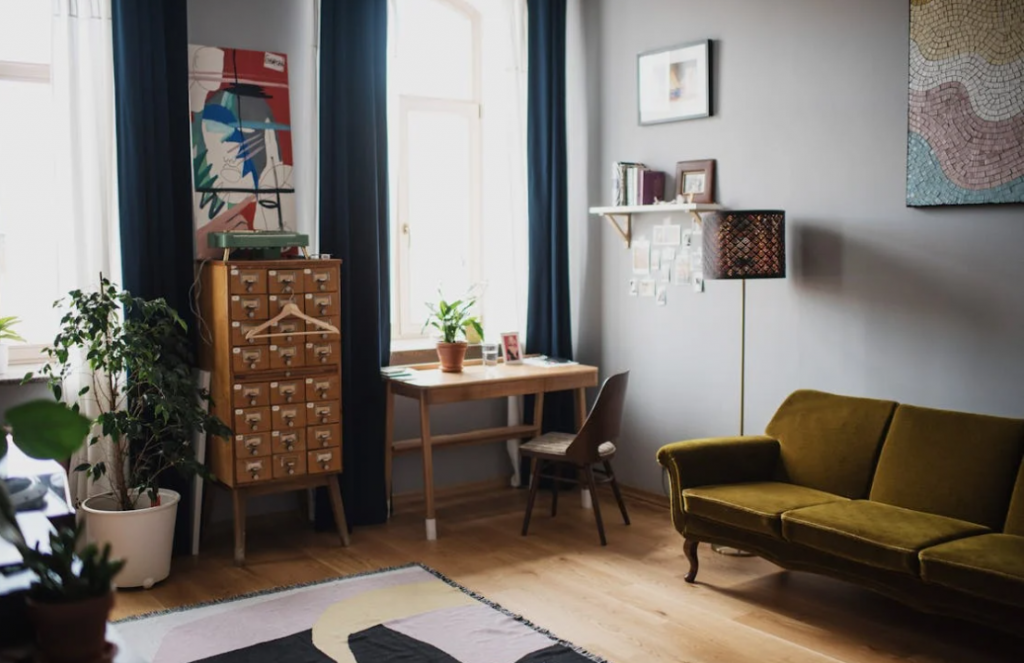
Tips for Restoration Projects: When restoring Mid-Century Modern pieces, focus on preserving the original design and materials. Avoid over-polishing or refinishing, as this can diminish the value and authenticity of the piece.
9. Sustainability and Mid-Century Modern
Environmental Impact of Vintage Furniture: Choosing vintage Mid-Century Modern furniture is not only a stylish choice but also a sustainable one. By purchasing vintage pieces, you are helping to reduce waste and lessen the demand for new furniture production.
Upcycling and Repurposing: Another sustainable approach is to upcycle or repurpose Mid-Century Modern furniture. With a little creativity, old pieces can be transformed into unique and stylish additions to your home.
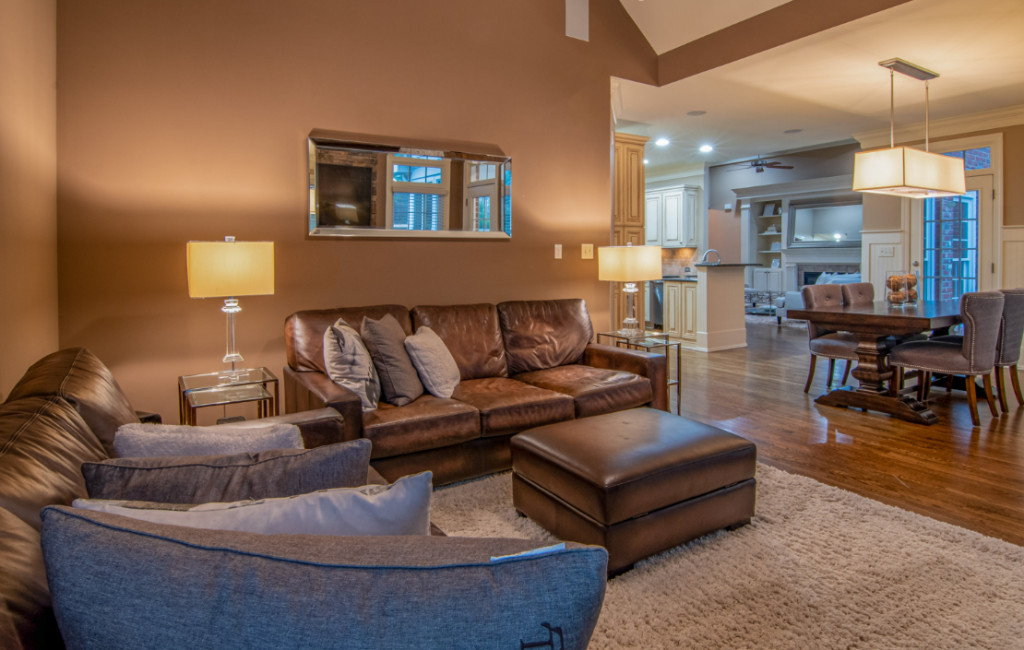
10. Collecting Mid-Century Modern Pieces
Value and Investment Potential: Mid-Century Modern furniture has proven to be a sound investment, with many pieces increasing in value over time. Look for well-preserved, authentic pieces from reputable sellers or auctions.
Tips for Beginners: Start small by collecting accessories or smaller furniture pieces before investing in larger, more expensive items. Research different designers and styles to develop a discerning eye for quality pieces.
11. Mid-Century Modern in Popular Culture
Influence on Movies, TV Shows, and Fashion: Mid-Century Modern design has had a lasting impact on popular culture, with its iconic furniture and aesthetics often featured in movies, TV shows, and fashion.
Resurgence in Popularity: In recent years, Mid-Century Modern design has experienced a resurgence in popularity, with many people drawn to its timeless appeal and classic elegance.
12. Conclusion
In conclusion, Mid-Century Modern home decor continues to captivate us with its timeless appeal and enduring charm. Its clean lines, organic forms, and emphasis on functionality make it a timeless addition to any interior space. Whether you’re a seasoned collector or just starting, incorporating Mid-Century Modern elements into your home can add a touch of retro charm and sophistication.
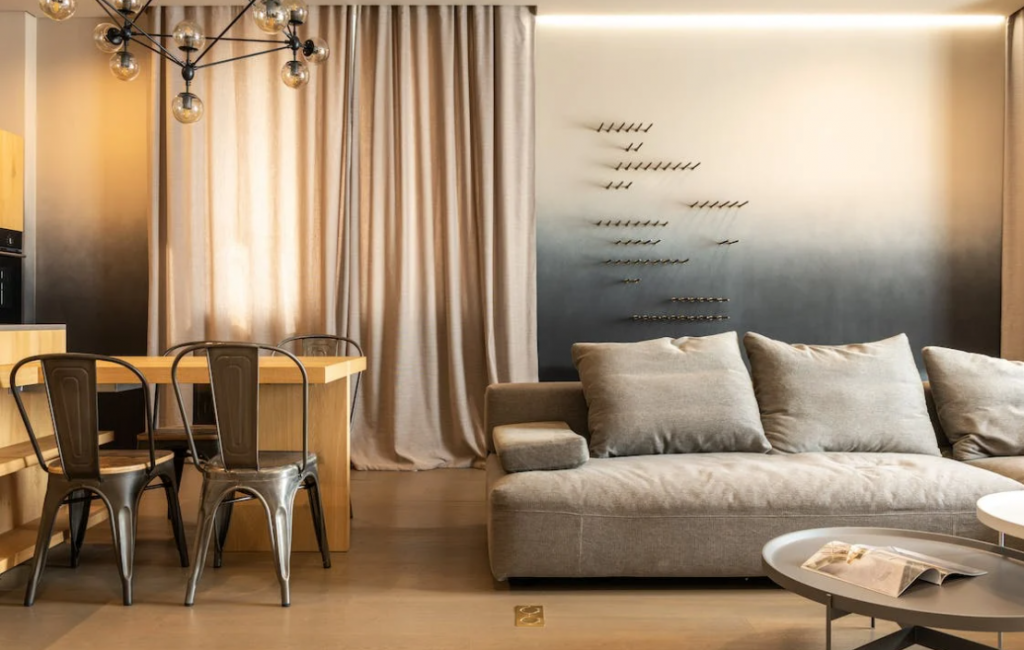
FAQs (Frequently Asked Questions)
Q1: What makes Mid-Century Modern design timeless? A1: Mid-Century Modern design is timeless due to its clean lines, organic forms, and emphasis on functionality, which continue to resonate with modern sensibilities.
Q2: How can I incorporate Mid-Century Modern elements into my home? A2: You can incorporate Mid-Century Modern elements into your home by selecting furniture with clean lines and organic shapes, using a neutral color palette with bold accents, and choosing lighting and accessories that reflect the Mid-Century Modern aesthetic.
Q3: Is Mid-Century Modern furniture a good investment? A3: Yes, Mid-Century Modern furniture has proven to be a sound investment, with many pieces increasing in value over time. However, it’s important to purchase from reputable sellers and ensure the authenticity of the pieces.
Q4: How can I maintain and preserve Mid-Century Modern furniture? A4: To maintain and preserve Mid-Century Modern furniture, avoid harsh chemicals and over-polishing. Instead, use a soft cloth and mild detergent for cleaning, and seek professional restoration services when needed.
Q5: What are some tips for beginners looking to start a Mid-Century Modern collection? A5: For beginners, start small by collecting accessories or smaller furniture pieces. Research different designers and styles to develop a discerning eye for quality pieces, and consider purchasing from reputable sellers or auctions.

